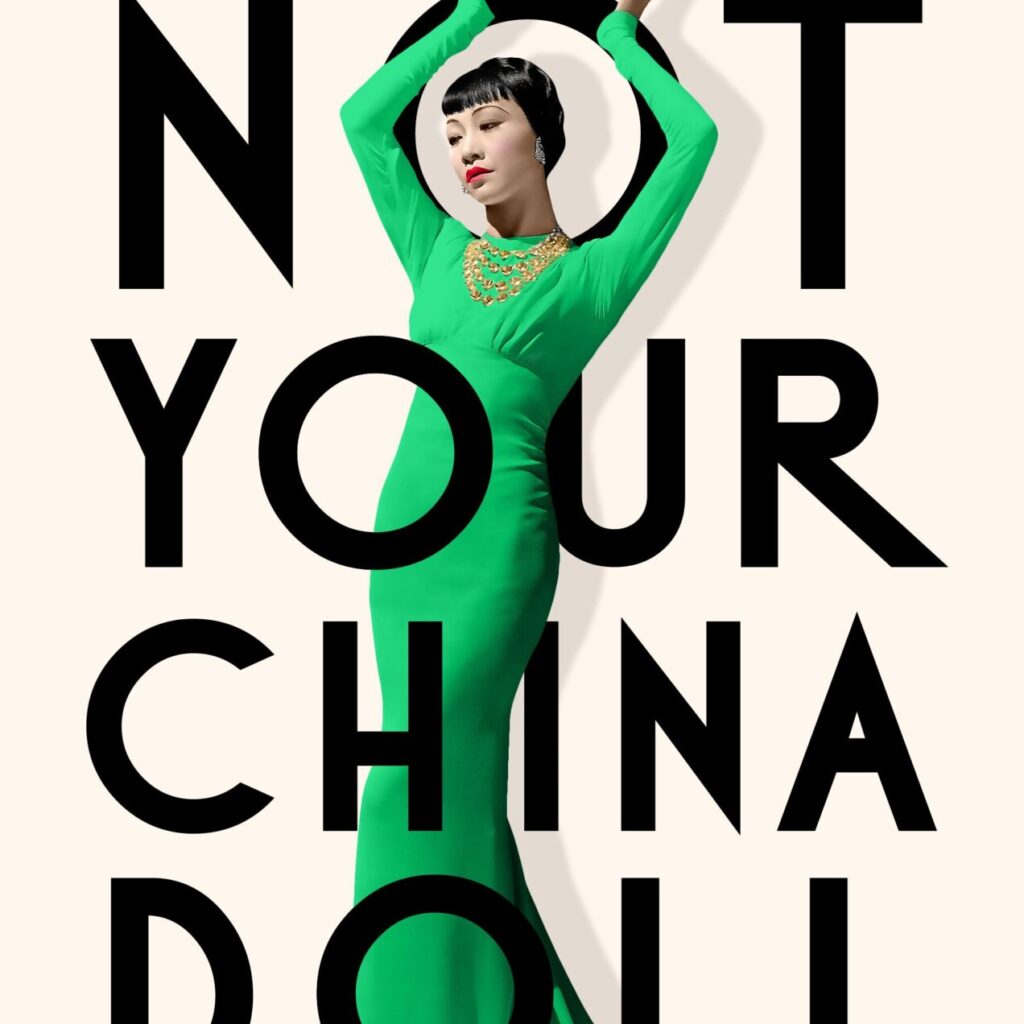
Breaking Barriers: The Dazzling Life of Anna May Wong in Not Your China Doll
In Not Your China Doll: The Wild and Shimmering Life of Anna May Wong, Katie Gee Salisbury offers a captivating biography of Anna May Wong, the first Chinese American movie star who broke through the barriers of Hollywood’s racial stereotypes. This illuminating narrative not only chronicles Wong’s rise to fame but also delves into the complexities of her identity as an Asian American actress navigating a predominantly white film industry. Through extensive research and vivid storytelling, Salisbury reclaims Wong’s legacy, highlighting her struggles and triumphs against the backdrop of a racially charged America.
Introduction
Anna May Wong, born in 1905 in Los Angeles, emerged from humble beginnings to become a trailblazer in the film industry. As Hollywood’s first Asian American star, she faced immense challenges, including racial discrimination and typecasting. Despite these obstacles, Wong’s talent and charisma shone brightly, earning her recognition both in the United States and abroad. In Not Your China Doll, Salisbury paints a rich portrait of Wong’s life, exploring how she navigated fame while grappling with her cultural identity and the limitations imposed by a prejudiced society.
Summary
Salisbury’s biography begins with Wong’s early years, detailing her upbringing in a Chinese immigrant family that operated a laundry business. From a young age, Wong was drawn to the world of performance, eventually landing her first role in the silent film The Thief of Bagdad at just 17 years old. This film marked a significant turning point in her career, propelling her into the limelight and establishing her as a rising star.
However, as Wong’s fame grew, so did the industry’s reliance on racial stereotypes. Hollywood often relegated her to roles that perpetuated harmful tropes—such as the submissive “China doll” or the dangerous “dragon lady.” This typecasting frustrated Wong, who sought more meaningful roles that accurately represented her heritage. In response to the limited opportunities in Hollywood, she ventured abroad to pursue acting opportunities in Europe, where she found greater artistic freedom and acclaim.
Salisbury chronicles Wong’s time in Berlin, Paris, and London, where she starred in films that showcased her talent beyond the confines of Hollywood’s stereotypes. During this period, she became an international sensation, mingling with royalty and influential figures while challenging societal norms regarding race and gender.
Despite her success overseas, Wong returned to Hollywood determined to reshape her narrative. She used her platform to advocate for better representation of Asian Americans in film. However, even after achieving significant milestones—such as starring alongside Marlene Dietrich in Shanghai Express—Wong continued to face systemic racism within the industry. Her dream role as O-Lan in The Good Earth was given to Luise Rainer in yellowface, underscoring the persistent barriers she faced.
Main Characters
- Anna May Wong: The protagonist whose journey from a Chinese American girl to a Hollywood icon is central to the narrative.
- Katie Gee Salisbury: The author who intricately weaves historical context with personal anecdotes to portray Wong’s life.
- Douglas Fairbanks: A prominent actor and producer who played a crucial role in launching Wong’s career.
- Marlene Dietrich: A fellow actress who starred alongside Wong in Shanghai Express, representing both camaraderie and competition within Hollywood.
- Hollywood Executives: Various unnamed producers and directors who symbolize the systemic racism prevalent in the film industry during Wong’s era.
Key Events and Plots
- Early Career: The book opens with Wong’s childhood experiences that shaped her aspirations for stardom.
- Breakthrough Role: Her performance in The Thief of Bagdad catapults her into fame but also subjects her to typecasting.
- International Success: Wong’s decision to work abroad leads to significant roles that allow her to escape Hollywood’s constraints.
- Return to Hollywood: After achieving international acclaim, she returns home only to face ongoing discrimination and missed opportunities.
- Advocacy for Representation: Throughout her career, Wong actively speaks out against racial stereotyping and advocates for more authentic portrayals of Asian characters.
Suspense Elements
Salisbury builds suspense by chronicling pivotal moments when Wong faced critical decisions about her career. Each chapter reveals new challenges that threaten to derail her ambitions—whether it be facing rejection from leading roles or battling industry racism. The tension escalates as readers witness Wong’s determination to break free from typecasting while navigating an unforgiving industry.
Moreover, Salisbury’s portrayal of Wong’s internal struggles adds depth to the narrative; readers are left wondering whether she will succeed in reshaping Hollywood’s perception of Asian Americans or succumb to the pressures of conformity.
Conclusion
Not Your China Doll is more than just a biography; it is a powerful testament to Anna May Wong’s resilience and impact on American cinema. Katie Gee Salisbury meticulously crafts a narrative that honors Wong’s legacy while confronting the systemic racism that plagued both her career and society at large. By reclaiming Wong’s story from obscurity, Salisbury not only sheds light on an unsung heroine but also calls attention to ongoing issues of representation in Hollywood today.
Through this compelling account of Anna May Wong’s life, readers are reminded of the importance of diverse voices in storytelling and the need for continued advocacy for equity within the entertainment industry. As we reflect on Wong’s journey—a blend of glamour and struggle—we are inspired by her courage to challenge societal norms and redefine what it means to be an Asian American artist.
In celebrating Anna May Wong’s contributions to film history through Not Your China Doll, Salisbury encourages us all to recognize and support those who continue to fight for representation and justice within our cultural narratives. This biography serves not only as a tribute but also as a call to action—a reminder that every story matters and deserves its rightful place in history.


